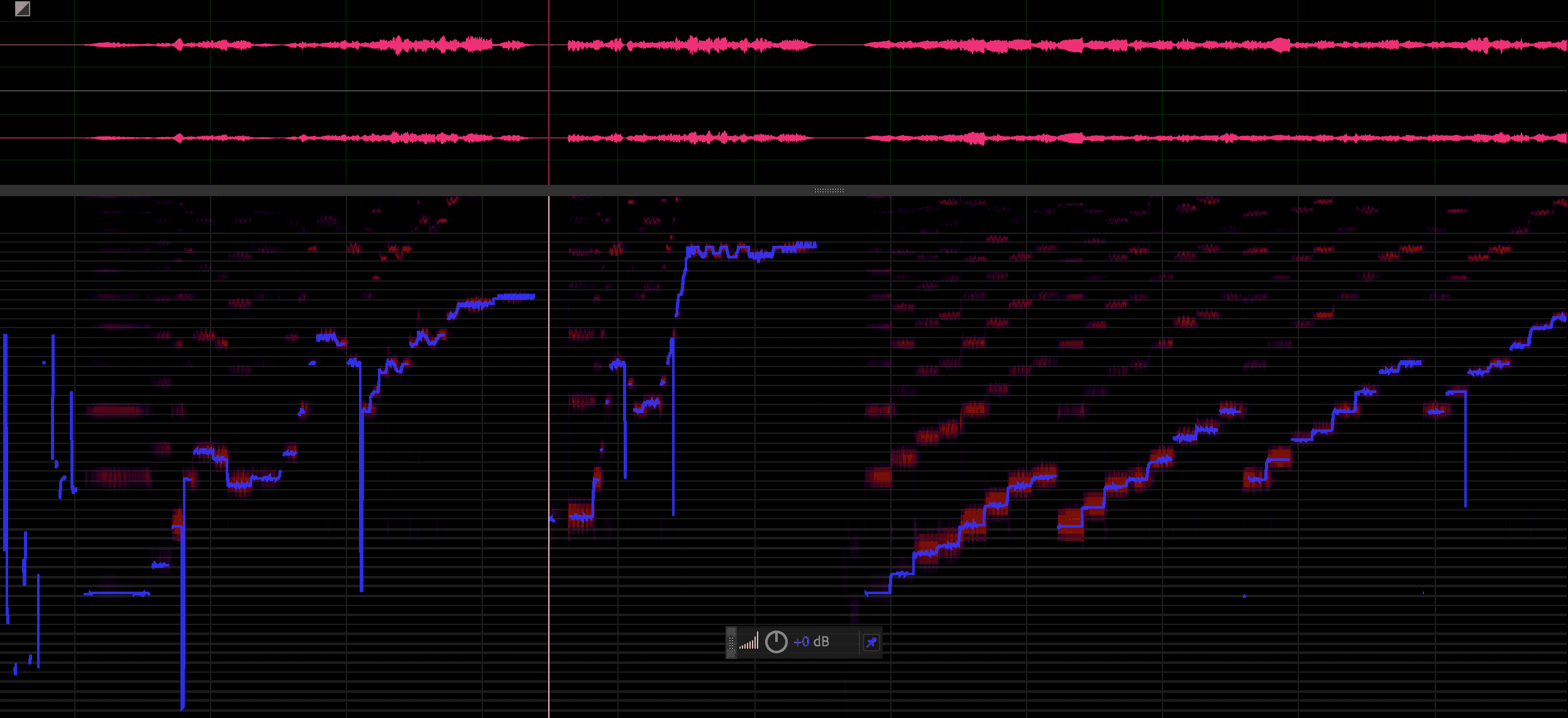Audio delays can be divided into two types — acoustic and digital. The cause of the former is quite simple: the speed of sound under normal conditions is 343 m/s, which means that the sound propagates about a meter every 3ms. Sensitivity threshold differs from person to person, but is usually about 12-15ms. Therefore, if the distance between you and the sound source is less than 4 meters, the delay will not be noticeable.
Digital delays may cause a bit more trouble. If the signal passes through additional devices, delays will inevitably occur. The main cause of digital delay is the time it takes to convert the signal from analog to digital and back again. Optimization of this process depends on the quality of equipment, processor load, software and audio processing settings.
We recommend using an external audio interface which feeds an already digitized audio stream into your computer — even an inexpensive USB audio card (or a USB microphone) will significantly improve the audio quality.
It is also important to close all other audio-related applications. If this does not help, try reducing buffer size in your interface software settings.
Latency in SoloApp
When transmitting audio and video over a distance, the signal delay increases significantly. According to studies, the comfortable value to maintain a sense of interactivity is in the range of 150ms.
Since the purpose of the SoloApp is to have maximum sound quality for the teacher to be able to accurately judge the student's playing (rather than prioritizing "immediacy"), the latency is actually increased in "Solo" mode. There is an additional "Turbo" mode to be used in case of a really unstable internet connection, which increases latency by another 1-2 seconds to allow "buffering" similar to that done during livestreams to again preserve maximum possible sound quality.
At the same time, with a good Internet connection, SoloApp does its best to reduce latency while maintaining sound clarity. Therefore, we recommend using a wired (ethernet) connection if possible, as it is faster and more reliable.
